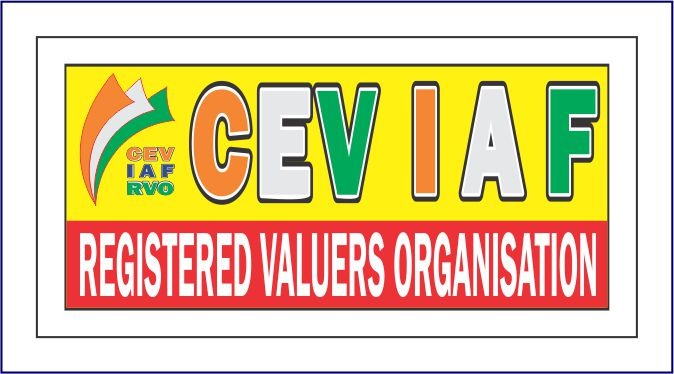KNOWLEDGE BANK FROM B KANAGA SABAPATHY
LET KNOWLEDGE SPREAD
Message from B. K. sir 21/04/2023
10 POINTS TO BE REMEMBERED WHILE DOING VALUATION FOR THE PURPOSE OF COMPUTING COMPENSATION FOR LAND ACQUISITION
1. For the purpose of valuation for land acquisition, value is to be estimated as on the date of notification and not on the date of inspection.
2. In order to justify, it is advisable to adopt plinth area rates / schedule of rates prescribed by the PWD or by any competent authorities.
3. The reinstatement value of the buildings, amenities & servives is to be certified and it is to be noted that depreciation is not to be considered.
4. Deduct the salvage value at 6% to 10% from the reinstatement value and certify the value. This gives the right to the owner to take the items like joinery, sand filled in the basement, fixures, steel, etc.
5. While considering the building area to be valued, consider the structural stability aspects.
6. While considering the building area to be valued, consider the injurious affection (which impacts the usage of the unaffected portion of the structure).
7. While considering the building area to be valued, include the deemed affected area for set back and open space as per the local town planning rules.
8. Any structure that is physically present in the area of acquisition has to be compensated. The current usage of the same need not be questioned.
9. Site Inspection takes relatively more time when compared with bank valuation, as every structure needs to be measured accurately.
10. In case of considering the value for the land, the valuer should understand the difference in the interpretation of the word ‘market value’ used by the government and by the valuers.
Valuer normally interprets the ‘market value’ as estimated price of an asset between willing buyer & willing seller, arm’s length transaction etc., (This includes the mode of transaction), whereas the Government’s interpretation of market value is the value that is recorded in the sub-registrar office (or value recorded based on sale transactions).
– article written by Mr. A. Anbazhagan
anbu400@gmail.com
With best wishes,

B. KANAGA SABAPATHY
bkvaluer@gmail.com
www.bkanagasabapathy.com
About the Author:-
- Mr. B. Kanaga Sabapathy born in 1951, is a Civil Engineer who belongs to the 1972 batch of Regional Engineering College, Tiruchirappalli in Tamilnadu.
- He is a Registered valuer of the Central Board of Direct Taxes, a Professional Engineer and also a Chartered engineer. Valuation is his main profession..
- He was the National Vice-President of the Institution of Valuers (India) for 11 terms.
- He is a regular contributor of articles in the Indian Valuer Journal from the year 1985. His articles especially his regular column “Questions & Opinions” are very popular among the practising valuers in India.
- His book “Guidelines on Valuation for Banks” (2002) is used to be referred by many banks. The valuation formats designed by him were accepted and adopted as the formats by many banks in the country.
- His son K. Arun and daughter B.K. Aruna are also approved valuers and they also contribute articles to the Indian valuer journal.
- His guru: Mr. C.H. Gopinatha Rao, Chennai.
- His mentor: Mr. R.K. Gandhi, Mumbai.
- His role model: Mr. S. Rajaratnam, Chennai.
- His best students: Thousands of valuers in the country






